Life
Sign up for our newsletter
We summarize the week's scientific breakthroughs every Thursday.
-
 Genetics
GeneticsRisk identified in procedure for ‘three-parent babies’
Resurgent mitochondria could spell trouble for disease therapy.
-
 Neuroscience
NeuroscienceWiping out gut bacteria impairs brain
Antibiotics that wiped out gut bacteria curbed brain cell production in mice, a new study finds.
-
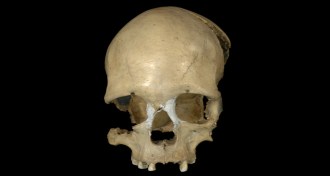 Genetics
GeneticsSome Stone Age humans ventured back to Africa
DNA from an ancient woman suggests some humans trekked back to Africa.
By Bruce Bower -
 Genetics
GeneticsSome Stone Age humans returned to Africa
DNA from an ancient woman suggests some humans trekked back to Africa.
By Bruce Bower -
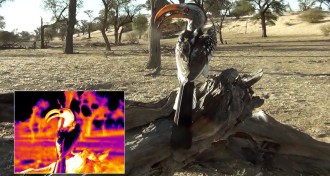 Animals
AnimalsHornbills join toucans in the cool beak club
Like toucans, southern yellow-billed hornbills keep things chill with cool beaks.
-
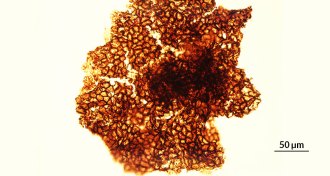 Life
Life1.56-billion-year-old fossils add drama to Earth’s ‘boring billion’
Ancient multicellular eukaryotes big enough to be seen by the naked eye discovered in 1.56-billion-year-old rock in China may be an ancestor of modern algae.
By Meghan Rosen -
 Health & Medicine
Health & MedicineMath offers new view of brain and its disorders
Editor in chief Eva Emerson discusses new insights into the brain's role in mental illness, sleep, and ancient rituals.
By Eva Emerson -
 Animals
AnimalsThe bizarre mating ritual of a bee parasite
Stylops ovinae insects — parasites found in mining bees — have short lives filled with trauma.
-
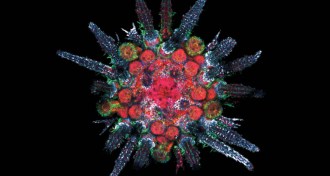 Animals
AnimalsSome animals ‘see’ the world through oddball eyes
Purple urchins, aka crawling eyeballs, are just one of several bizarre visual systems broadening scientists’ view of what makes an eye.
By Susan Milius -
 Agriculture
AgricultureNew analysis: Genetically engineered foods not a health risk
No real evidence for health or environmental dangers of GE crops.
By Meghan Rosen -
 Life
LifeHow the Galápagos cormorant got its tiny wings
Galápagos cormorants’ tiny wings may be due to altered reception in cellular antennas.
-
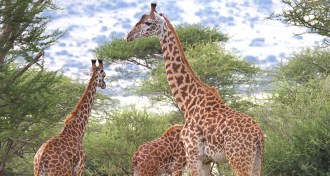 Life
LifeGiraffe’s long neck linked to its genetic profile
Giraffes’ genes may reveal how their necks grew long and hearts got strong.